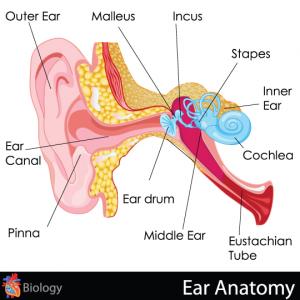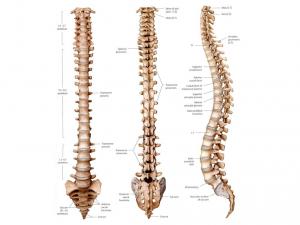Blog
Welcome to the STAR PT Web Blog
Vertigo
Dizziness and vertigo are a very common complaint of many patients. The most common vertigo diagnosis is Benign Paroxysmal Positional Vertigo (BPPV). BPPV is caused by atypical movement of otoconia (calcium carbonate crystals) within the inner ear canals. The inner ear canals are filled with fluid and when the crystals float into the canals, they stimulate the receptors located in the canal, which give the patient the sensation of vertigo. BPPV symptoms can be cau...
Posted on 2013-11-11
Exercise is Medicine
There is overwhelming evidence that inactivity is a modifiable risk factor for the most common chronic diseases among Americans. Of all factors contributing to disease that are within the control of the individual, diet and exercise have the greatest potential to impact health. Physical inactivity has been shown to increase the risk of developing cardiovascular disease, hypertension, diabetes mellitus, several types of cancer, obesity, osteoporosis, osteoarthritis, and dep...
Posted on 2013-11-04
Health tips for the Holiday Season
The Holiday season is upon us. It’s hard to believe but Friday is the 1st of November. This is the time of year where the office treats are here in full force, the weather is colder and the days are shorter; it’s easy for us to get in hibernation mode and let our health goals take the back seat.
Typically this time of the year we begin the excuse of “it’s the holidays” and “I’ll get back on track January 1st.&rd...
Posted on 2013-10-28
Fear and Pain
Pain is an undesirable consequence of musculoskeletal injury and is an experience unique to each individual. There are many factors that contribute to the pain experience. The noxious stimulation from injured tissues produces sensory aspects of the pain experience, and this seems to be the most obvious contributing factor. However, there are also cognitive, emotional and behavioral aspects of pain and a growing recognition that these factors play an important role in the way an in...
Posted on 2013-10-21
Physical Therapists as Primary Spine Providers
One of the anticipated outcomes of health care reform is an increase in the number of US citizens enrolled in health insurance plans. A potential consequence of increased enrolment may be a shortage of primary care physicians (PCP) to accommodate the increased number of insured individuals.
But there does not have to be a shortage of qualified health care providers in our new health care system. Let me explain.
Currently, PCP’s manage the o...
Posted on 2013-10-07




